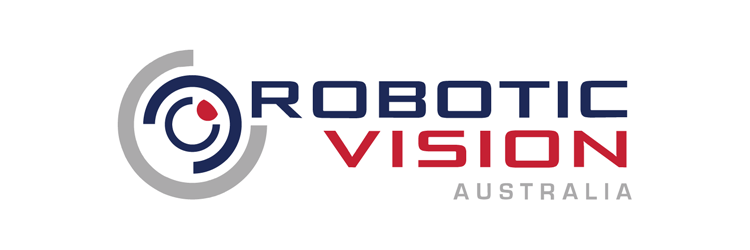
Robohub.org
Contour extraction for mapping
To map their environment, robots typically collect large amounts of range and bearing measurements to walls around them. However, when using noisy sensors, additional efforts need to be done to extract a map from the recorded data points.
For this purpose, Altun et al. propose two algorithms for extracting smooth closed curves that compactly represent the environment without gaps. These curves are easier to use and store than the raw data points.
The first method fits active snake contours to the data as can be seen in the image below (left) while the second technique uses a neural network to generate a self-organized feature map of the environment (right). Particle swarm optimization is used to automatically tune the parameters of both algorithms.

In the bottom images, black dots represent the processed ultrasonic data, the blue curve is the curve fitted to this data using active snake contours or self-organized maps and the red curve is ground truth.
Experiments were conducted using the Nomad 200 robot equipped with three front ultrasonic sensors and a structured-light system. The robot was programmed to follow the walls of a small room while mapping the environment.
Results show that active snake contours perform better because they are able to discard outliers in the data and match angles and edges more precisely than the self-organized map.




